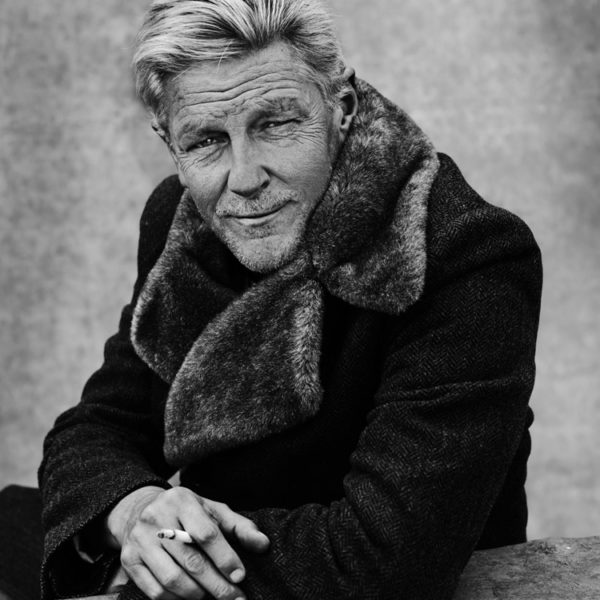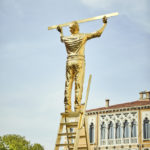JAN FABRE

Jan Fabre (Antwerp, 1958) is considered one of the most innovative and versatile artists of his days. Over the past 30 years, he has produced works as a visual artist, theatre maker and author. In the late 1970s, the young Jan Fabre caused a sensation as a performance artist. In 1982, the work This is theatre like it was to be expected and foreseen and two years later The power of theatrical madness challenged the foundations of the European theatre establishment. Chaos and discipline, repetition and madness, metamorphosis and the anonymous are indispensable ingredients in Fabre’s theatre. The body in all its forms has always been a central object of his research.Productions such as Je suis sang, Angel of Death, Quando l’uomo principale è una donna, Orgy of Tolerance, Preparatio Mortis and Prometheus-Landscape II have earned Fabre international acclaim. In 2005, Jan Fabre was artiste associé of the Festival d’Avignon. He then created Histoire des Larmes for the cour d’honneur, where he had already performed Je suis sang in 2001 and a retake of Je suis sang in 2005. In 2007, Jan Fabre created Requiem für eine Metamorphose for the Felsenreitschule of Salzburg. His latest performances, the impressive Mount Olympus. To Glorify the Cult of Tragedy. A 24-hour performance and Belgian Rules/Belgium Rules are still touring internationally. As an author, he has written several theatre texts that were translated worldwide, including We need heroes now, Another sleepy dusty delta day, I am a mistake, A tribe that's me, the King of Plagiarism, Etant donnés... For Mount Olympus he wrote several texts about sleep and dreams: Remnants.
Over the years, Jan Fabre has also built up an exceptional oeuvre as a visual artist. He has become well known to a wide audience with the Tivoli castle (1990), Heaven of Delight (2002), in which the ceiling of the Mirror Room at the Royal Palace in Brussels is drawn with jewel beetle wing-shields, his open-air sculptures, including The man who measures the clouds (1998), Searching for Utopia (2003) and Totem (2000-2004). Key solo exhibitions by the Belgian artist include: From the Cellar to the Attic - From the Feet to the Brain (Kunsthaus Bregenz, 2008; Venice Biennale, 2009), The Hour Blue (Kunsthistorische Museum Vienna, 2011), Pietas (Venice Biennale, 011) and Stigmata. Actions and Performances 1976 – 2013 (MAXXI, Rome, 2013; M HKA, Antwerp, 2015; Lyon, 2016; Leopoldmuseum, Vienna, 2017; CAAC, Sevilla, 2018). Jan Fabre was the first living artist to present his work at the Louvre, Paris (L’Ange de la metamorphose, 2008). He was invited by the State Hermitage Museum in St-Petersburg to create a large-scale exhibition in 2016.That same year, Jan Fabre presented Spiritual Guards at three historical sites in Florence. In 2018, Fabre presented his research to date on the brain at the Fondation Maeght and exhibited a challenging selection of new and rarely seen works of art during Jan Fabre. Ecstasy & Oracles’ (Monreale – Agrigento, Sicily). Among recent projects we can mention Oro Rosso, Gold and coral sculptures, blood drawings, which opened in 2019 on several locations in Naples and The Man Who Measures The Clouds (Monument to the Measure of the Immeasureable) in Venice, installed by the Garden of Palazzo Balbi Valier and visible from the Grand Canal.

